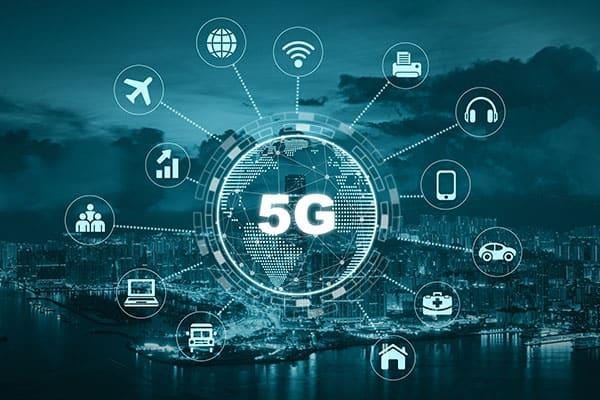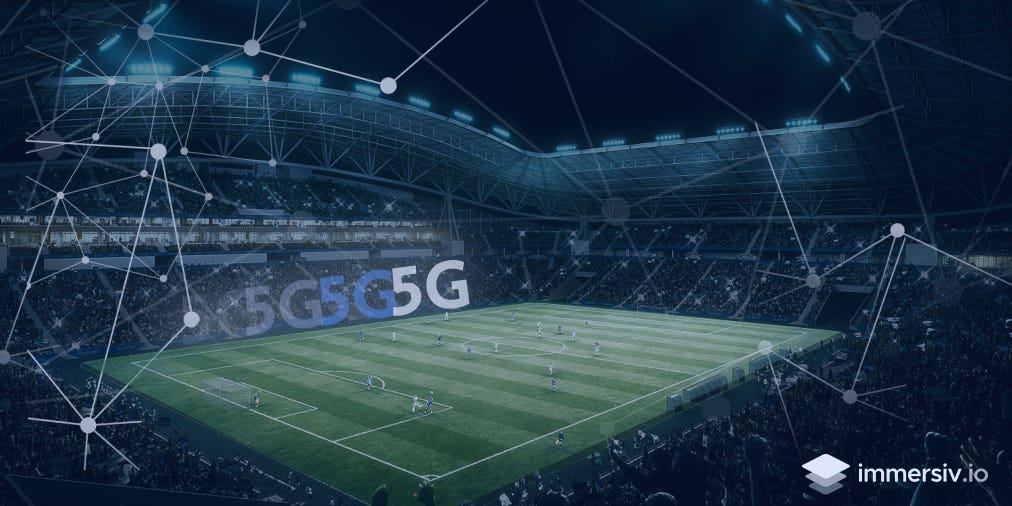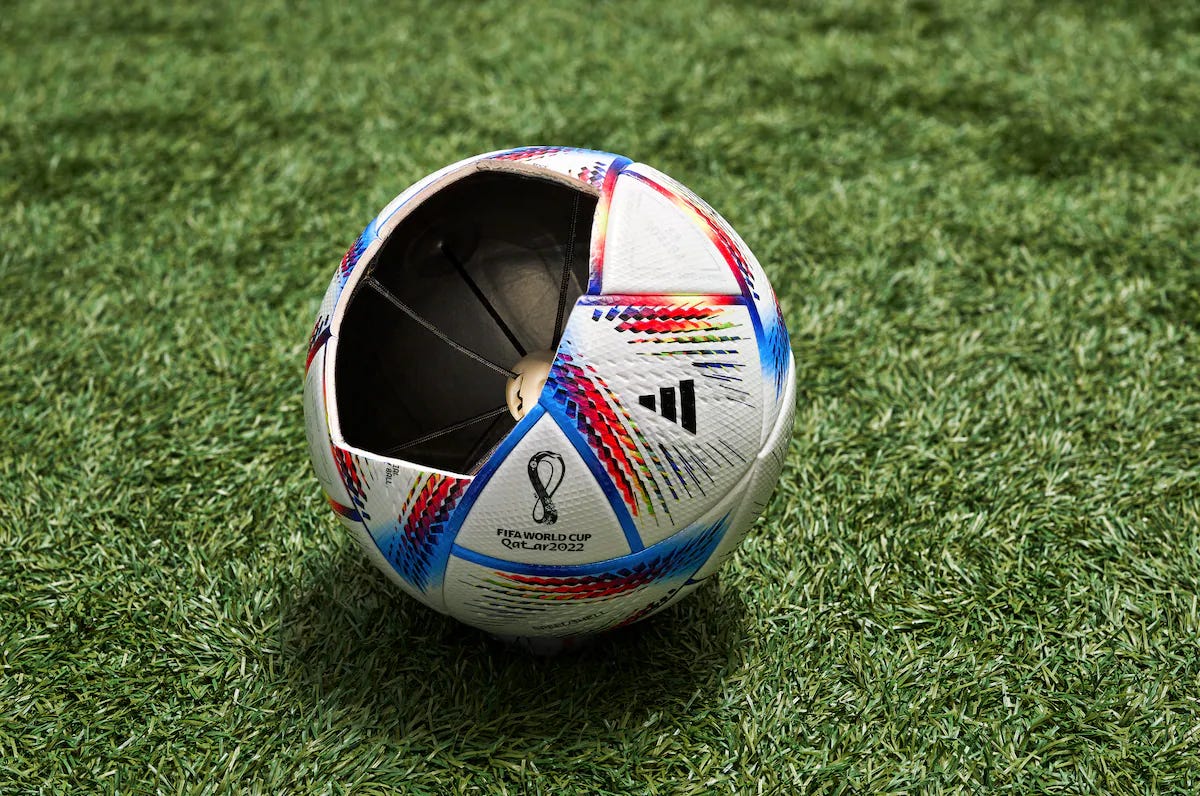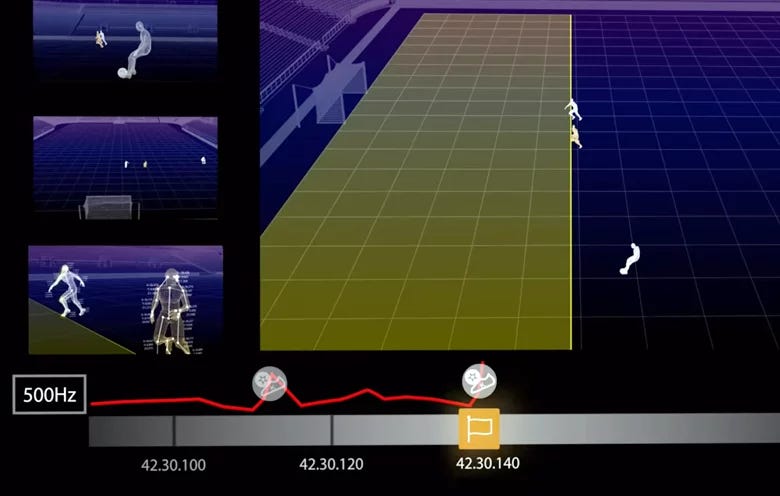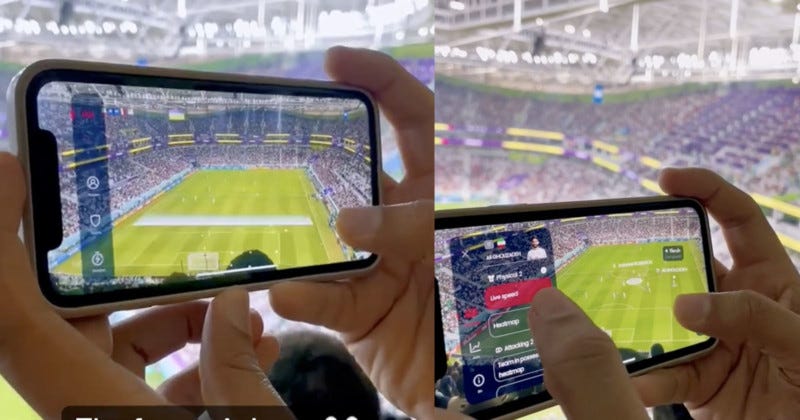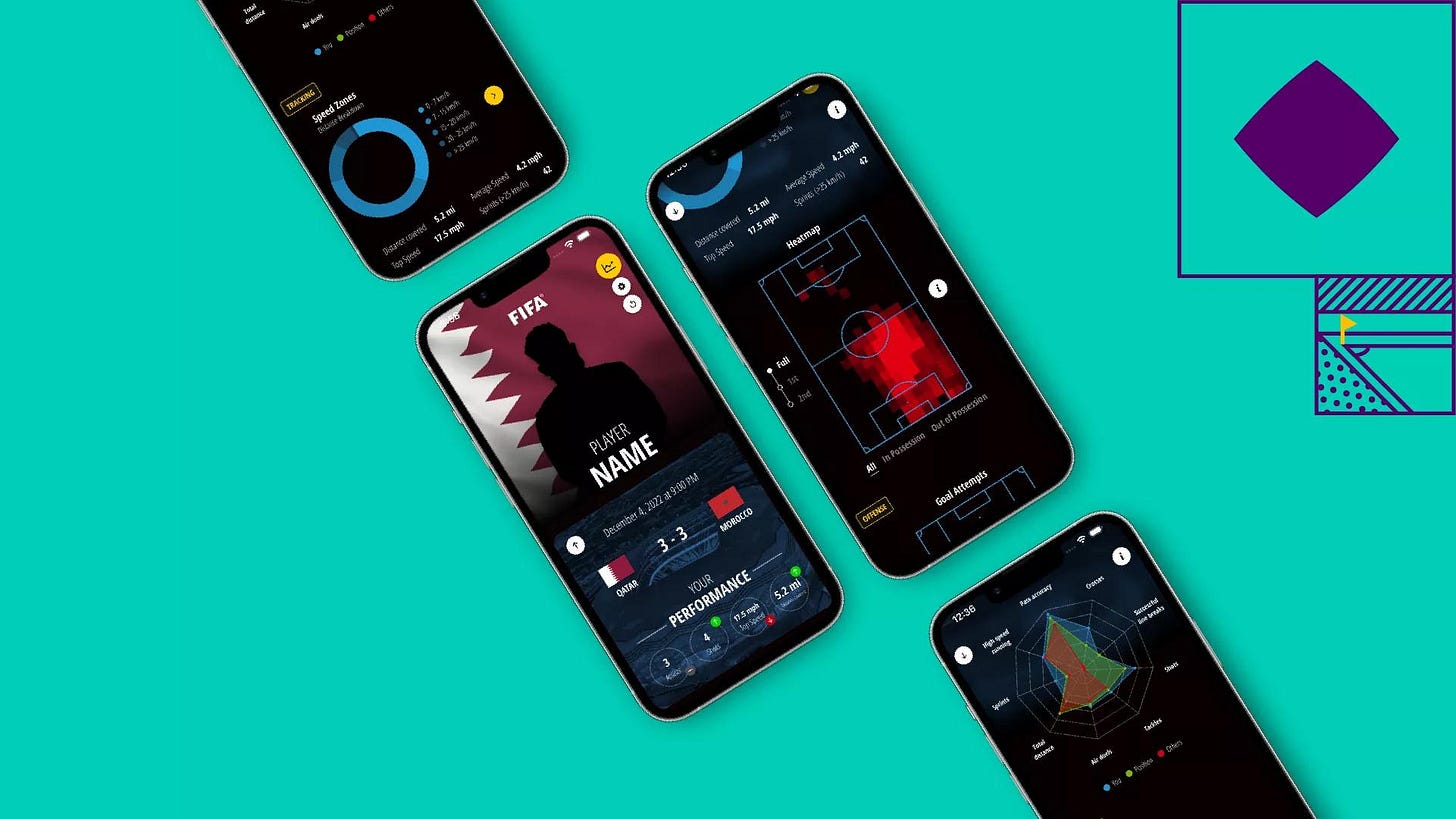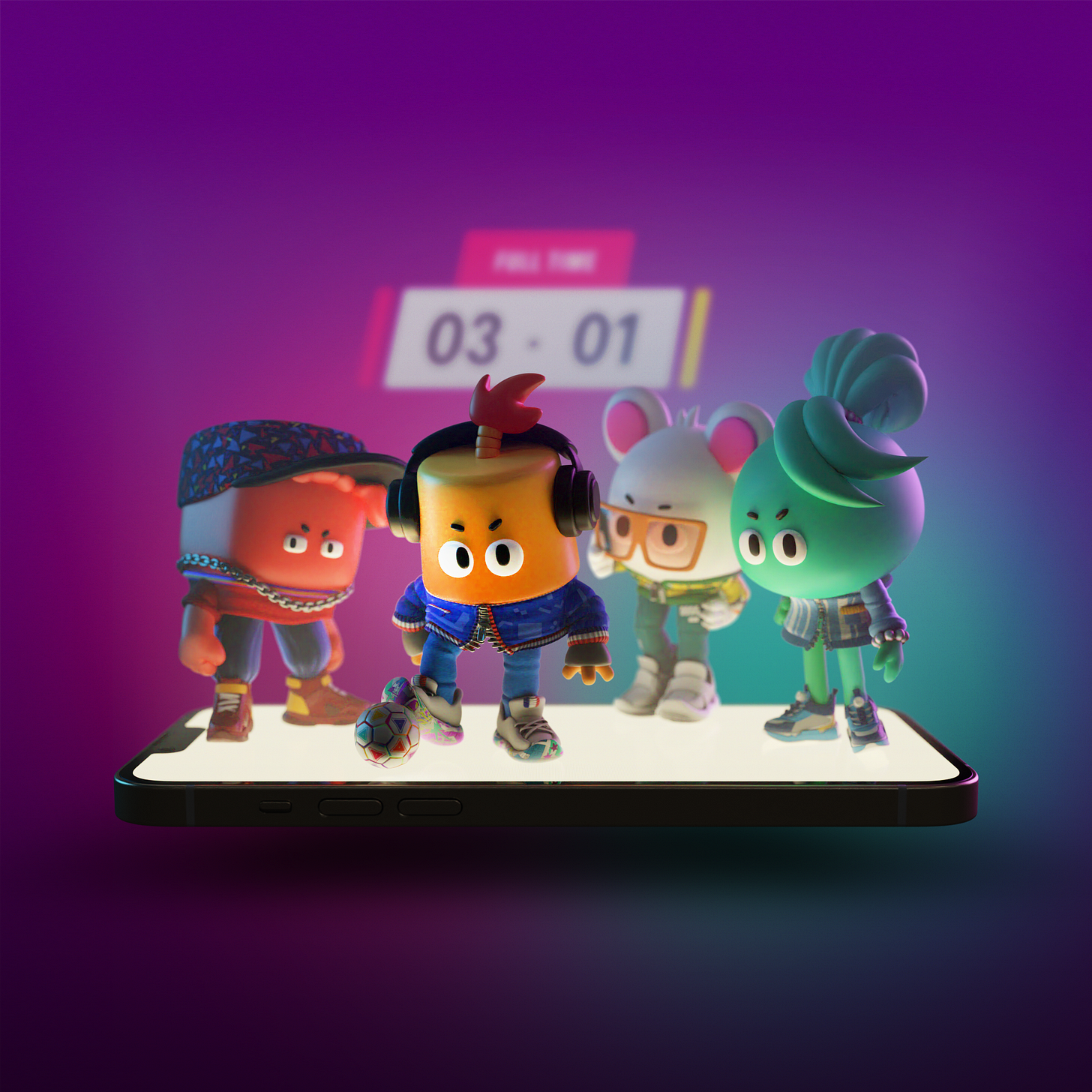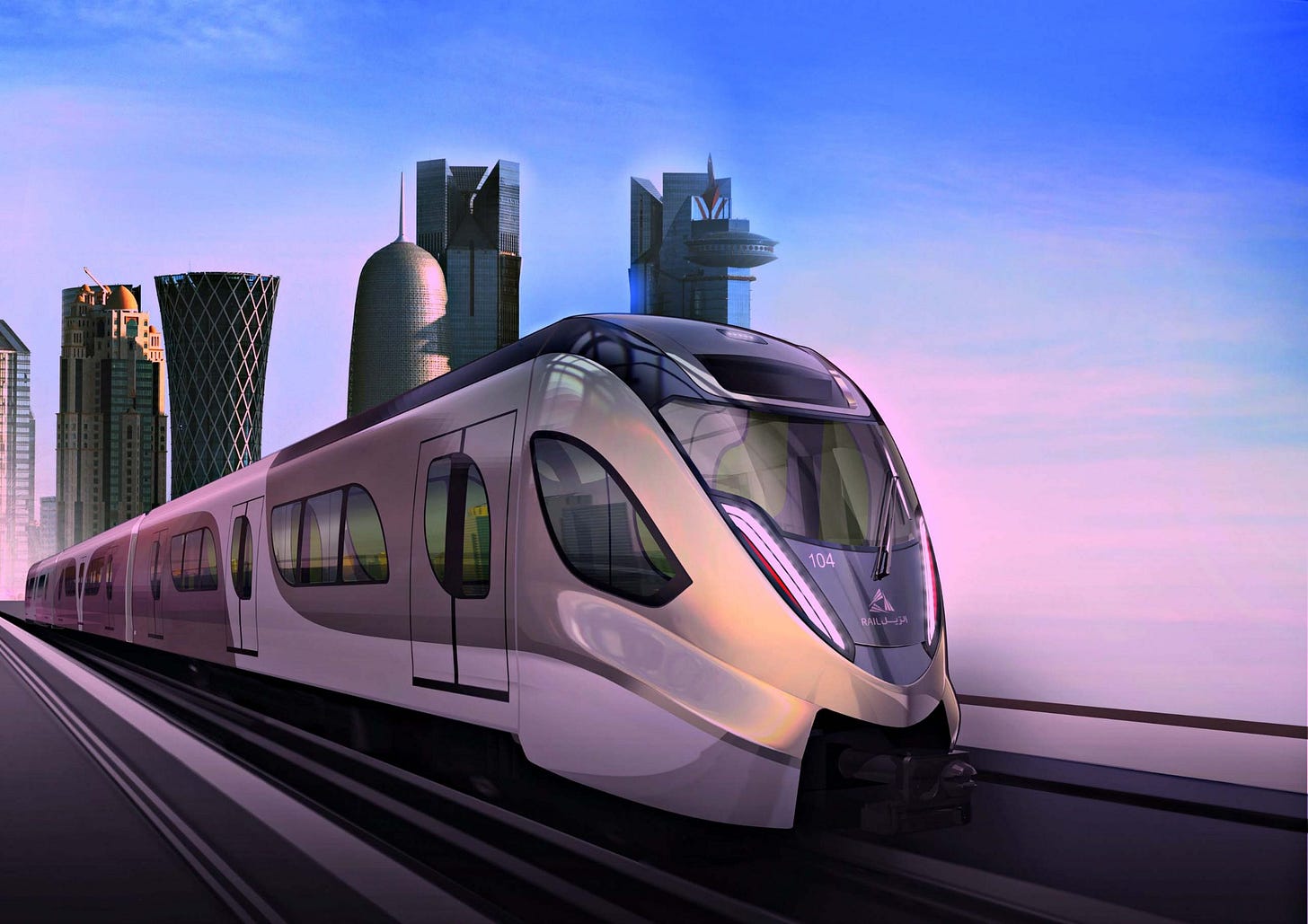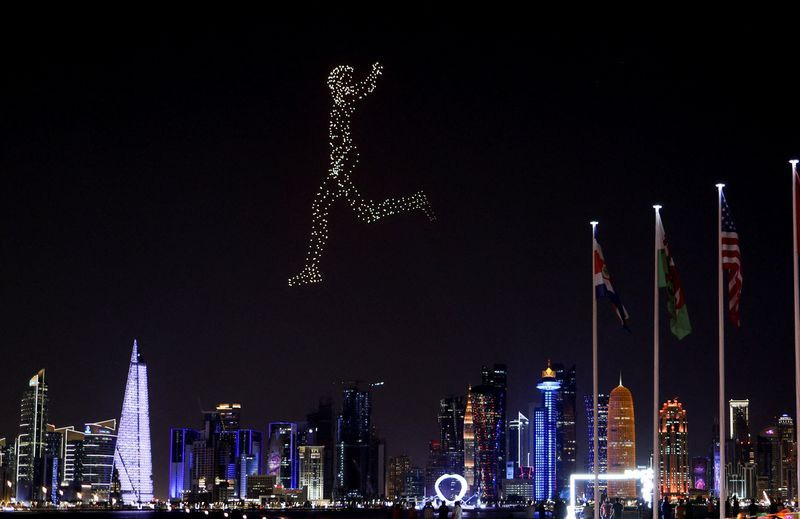10 Smart Technologies in Qatar's 2022 World Cup
This World Cup is like no other.. explore its innovative and cutting edge technologies
Qatar World Cup 2022 became the second highest attended World Cup event since US tournament in 1994, with 96% occupancy and a cumulative of 2.45 million spectators.
This World Cup is a special one, not only is it the first World Cup to be hosted in the Middle East and by a muslim country, but, it is also the first World Cup of its kind to use a wide array of innovative and smart technologies.
Here are 10 smart technologies of Qatar's 2022 World Cup:
1- 5G Technology
Qatar is one of the first countries in the world to provide 5G coverage. 5G technology provides the highest speed internet with lowest latency. This fifth generation of cellular technology enables un-interrupted fast streaming and highest data capacity. Benefits of having 5G network include: instant communication between devices, ingest huge amount of data in split seconds, and connectivity never breaks.
Because of that, 5G makes many innovative technologies commercially possible, such as drones, IoT sensors, autonomous cars, virtual reality, augmented reality, etc.
Simply put, whatever you’re experiencing with 4G, 5G gives you 100X better results.
Qatar’s eight innovative FIFA World Cup 2022 stadiums are all powered by 5G networks.
2-Smart Stadiums
5G made FIFA World Cup 2022 stadiums smarter and automated. Below are the list of different technologies used to make Qatar stadiums intelligent:
Smart cooling: each stadium uses an advanced and sustainable cooling system that has been locally designed. The cooling system uses a technology to determine occupancy. Based on occupancy rate, the cooling system determines how much air it needs to pull from outside. It then filters it, cools it, and pushes it inside the stadiums using valves. Temperature sensors are embedded to keep the stadiums temperature regulated.
Crowd management: stadiums are equipped with cameras both inside and outside the stadiums, running with AI algorithms to forecast fan crowds and prevent stampedes.
Digital twins: over 40,000 IoT devices and sensors have been embedded in physical objects in all 8 stadiums, such as doors, cameras, lightings, etc. to generate data. The data is then analyzed and displayed on a digital replica (aka digital twins) of the stadiums and its physical objects. Officials can digitally operate 8 stadiums simultaneously in one command operation center with real-time operation data.
Smart stadium management: using IoT sensors, actuators, cameras, digital twins, etc. connected to one command center enables technicians to closely monitor and remotely manage lighting, water pipes supply, entry gates, cooling, crowds, and other stadium parameters.
3-Connected Soccer Ball
Adidas have launched the official match ball “Al Rihla” for the Qatar World Cup 2022. Al Rihla ball is equipped with sensors that gathers data such as location of the ball, speed, and direction, in real-time and sends it within seconds to the match officials for decision making. This, with VAR technology can help detect offside incidents.
4-VAR system & Semi-automated Offside
Different technologies are used to feed VAR system and semi-automated offside. A sensor in the center of Al Rihla connected soccer ball sends data 500 times a second which makes for a precise detection of kick point. 12 tracking cameras are mounted on the roofs of each stadium to track the ball location and 29 points of the body of each player 50 times a second. All these data are processed in real-time using AI in VAR rooms, and triggers alerts of offside detection routes. Offside decisions are then communicated to on-pitch referees, and once they confirm the decisions, a 3D animation replays are created and played in stadiums and TVs for fans to show how this decision was reached.
5- Augmented Reality
Augmented reality experience have been added as part of the FIFA+ mobile application. This FIFA+ Stadium Experience allows fans to get live stats about the match, players, and VAR replays at different angles.
Fans attending the match can simply point their phone's camera at the pitch. An overlay will pop up that enables them to tap on any player to see live data of their movement speed and individual heat-map, for example.
6- FIFA Player App
In addition to the FIFA+ mobile app that is meant for World Cup fans, FIFA have also developed an application for World Cup players.
The FIFA Player App, accessible only to 2022 FIFA World Cup players, provides each players their own performance analyzed data and metrics such as how they moved to receive the ball, the pressure they applied to an opponent, receiving locations, maximum speed, distance they covered, and more.
7- FIFA Metaverse
FIFA have partnered to provide multiple metaverse experiences to its fans around the world, here are some examples:
AI League: FIFA World Cup Qatar 2022 Edition: It is a virtual football game played between AI-controlled characters. Players act as coaches and train their AI teams. Players can also collect and trade characters to create a team with their favorite talent combinations.
FIFA World Cup Qatar 2022 in Upland Metaverse: Players can collect official FIFA World Cup digital assets, including legendary video highlights of the tournament. They can travel to the replica FIFA World Cup Lusail Stadium and Village, shop for items, trade their assets with friends, and win one of many prizes.
8- Smart Transportation
Leading to the 2022 FIFA World Cup, Qatar have transformed its transportation infrastructure with latest innovations and solutions, here are few examples:
Advanced rail system: Qatar’s metro is one of the most advanced metro train systems ever built. It is an automated, driverless, and eco-friendly metro network that is equipped with a control system that communicates between vehicles and computers regulating traffic. Travelers can use the mobile app to book and manage their trips. Every station has multiple Travel Card Vending Machines to get new cards or tickets.
Connected Buses: not only does Mowasalat uses electric buses to reduce carbon footprint, but it has also partners with Microsoft to use its cloud platform for real-time engagement between drivers and control centers to organize and operate more efficiently especially during mega events.
Smart parking: under TASMU’s umbrella, the smart parking solution provides drivers a digital parking experience by offering information on available parking spaces all around doha, as well as directions to reach those parking spots.
9- Drones
I’m pretty sure by now you have seen one of the many drones flying in Qatar. Here are some usecases of drones during the 2022 FIFA World Cup:
Camera drones: drones have been used to take aerial images of Qatar’s tourism attractions and stadiums.
Entertainment drones: Qatar organized daily drone entertainment shows in Lusail and other places that showcases World Cup inspired visuals.
Security drones: drones have been deployed in Qatar and around stadiums to protect stadiums’ fans and players from rogue drones, and ensure overall safety.
10- Inclusive Technology
All of the advancements Qatar have made and the major upgrades to its infrastructure and sectors had inclusivity and accessibility as one of its core pillars. Stadiums, transportation, accommodations, and fan zones are all adhering to accessibility guidelines and requirements.
Here are some example of inclusive technology used during the World Cup:
Accessible stadiums: all of the 8 stadiums has accessibility built in, in terms of facilities for wheelchair users, special accessibility match tickets, sensory rooms for autism and other cognitive disabilities, as well as transportation to and from the stadiums.
Audio-descriptive commentary: for the visually impaired, they can enjoy a detailed description of what is happening in the match and this will be accessible globally.
Accessible digital services: all of governmental applications and websites, including FIFA and SC digital services are accessible to people with disabilities.
Have you been to one of the matches? what has been your favorite technology?

